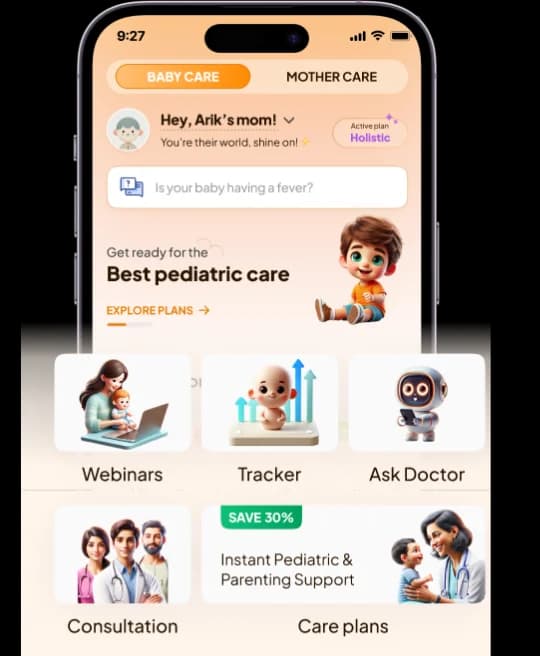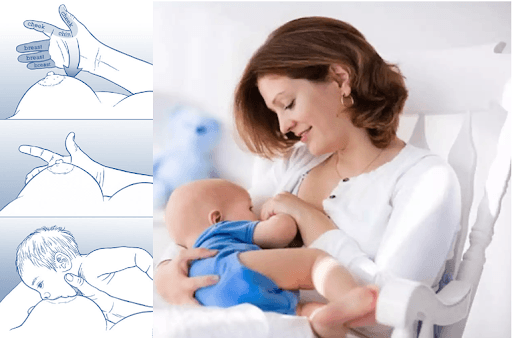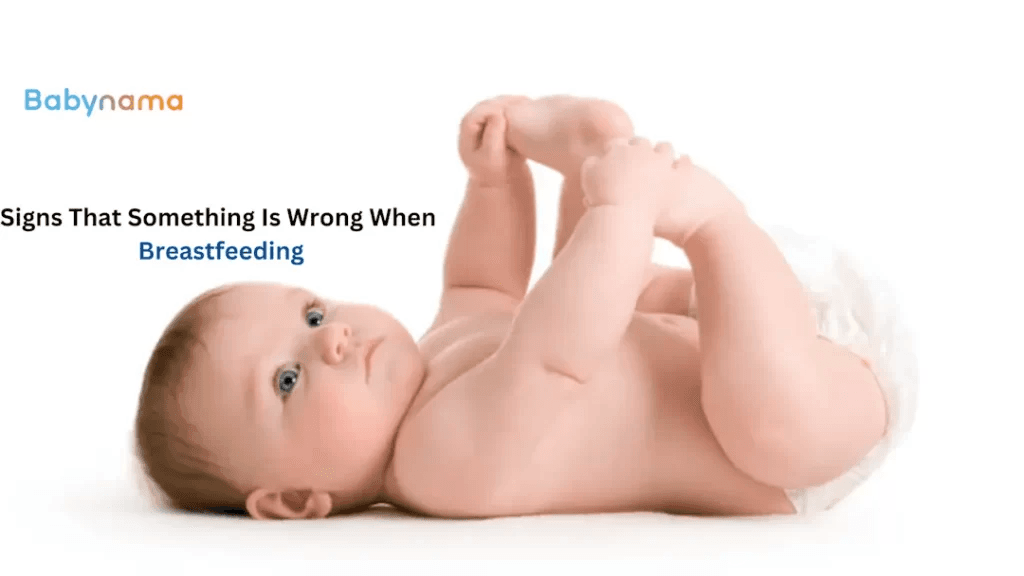
Discover the best breastfeeding positions for comfort and efficiency. Whether you're a new mom or looking to improve your nursing experience, we cover popular holds like the cradle, football, and side-lying positions, along with tips for latching and reducing discomfort. Empower yourself with knowledge to make breastfeeding a smooth and enjoyable journey for both you and your baby!

Getting ready
As you get ready to breastfeed, consider having pillows handy. They can help take the strain off your back, shoulders, or wrists. Some companies make pillows designed to help position babies during feeding. But regular pillows usually work fine to help position your body, your baby, or your breast.
It can help to have washcloths or burpcloths near where you plan to breastfeed for quick clean-up. Some people like to have a glass of water within reach or even a snack.
Cradle hold
The cradle hold is good for babies of any age. The cradle hold may work best in a chair with armrests.
- Hold your baby in the arm on the same side as the breast the baby will feed from.
- Rest your baby's head comfortably in the bend of your elbow, facing your breast. It can help to place your arm on the chair's armrest and have a pillow on your lap to lift the baby so you don't need to bend forward.
- With the arm that isn't holding the baby, use your hand to support your breast from the underside in a U-shaped or a C-shaped hold.
- Guide the baby's mouth to your breast. The baby's head should be in line with the baby's body, not turned to the side.
Keep an eye on your baby's head while you attempt this hold. The head is free to move since you are not holding it. As your child becomes older and more readily distracted, this could become a bigger issue.
Cradle holding is one of the most common ways to breastfeed. If you have your baby in a sling, cradle hold can work well. So this hold may be a good option if you are away from home or in the middle of an activity.










